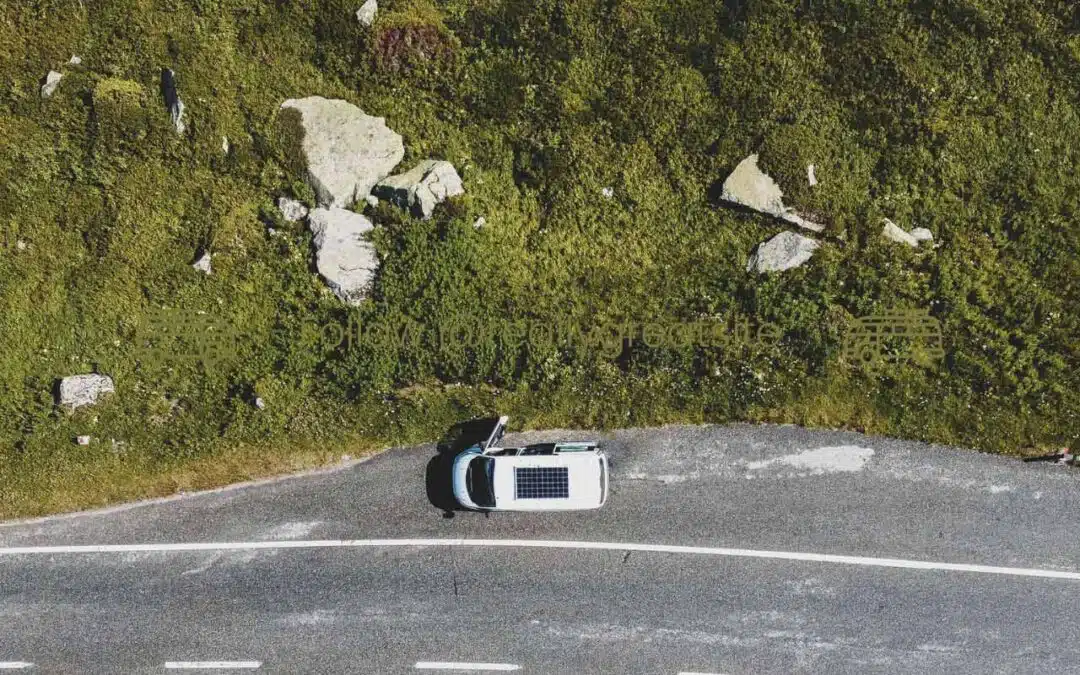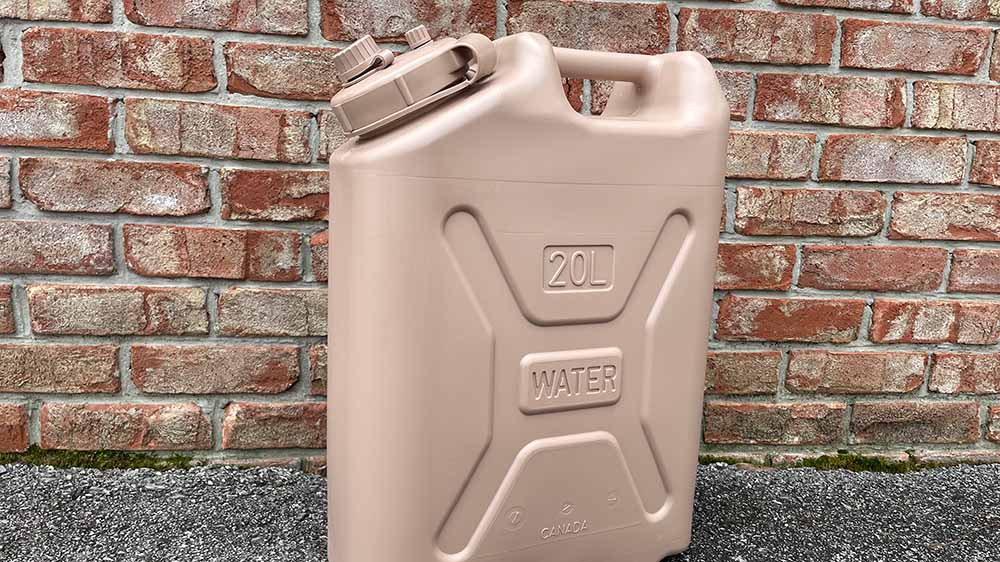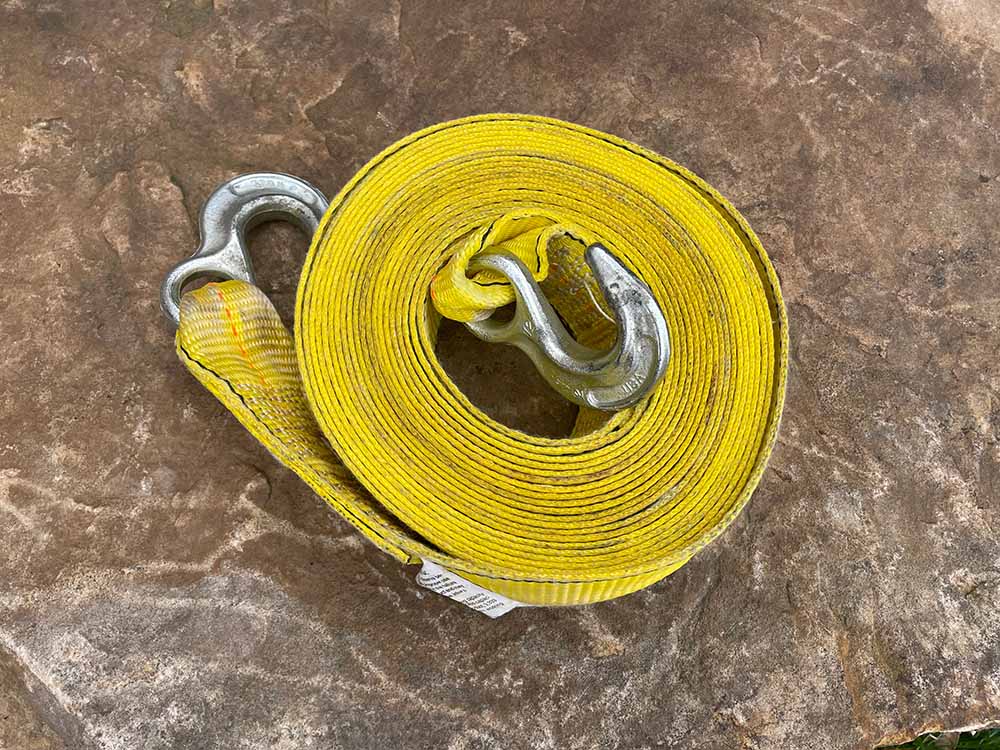5 Emergency Items to Keep in Your Van
Traveling and living in a camper van is usually a very calming and serene experience. However, emergencies happen when you least expect them. Here are 5 emergency items to keep in your van that will help remedy most emergencies you will face.
This list was built based on my experience and input from other camper van enthusiasts. I reviewed what emergencies others have faced, along with ideas on what they felt were the best items to keep in their van.
Since we have limited space, we can’t haul around a ton of stuff just in case we need it someday. I built this list keeping the most important items in mind while keeping the bulk down. If you have a smaller van, you know how important this is.
Most people who have Camper Vans want to visit remote areas and see the country. After all, who wants to visit the parking lot of a big city? Visiting these remote areas can present challenges in emergencies since we are away from civilization. Keeping the proper emergency items in our van can prevent a simple problem from turning into a survival event where our lives are in danger.
Let’s get into it.
5 Emergency Items to Keep in Your Van
Here is my list of the most important items. This is certainly not everything; it can differ depending on the individual and the area you are traveling to. As you build your list, think about what you would need the most if you broke down in a remote area and what you would need to get out.
First Aid Kit
The Survival Rule of 3 prioritizes what is most important for our survival. Clean air is at the top of that list, but it also includes severe injuries. If you or anyone traveling with suffers an injury that includes severe bleeding, the most critical priority is to stop the bleeding.
A proper first aid kit should include a tourniquet, quick clot, bandages, and medical tape. Know how to use the tourniquet that is in your kit.
If you are traveling alone, practice putting the tourniquet on yourself with one arm. Once severe bleeding starts, you only have minutes to stop it. A small personal IFAK is also good to keep in your pocket or close by if you are alone. This will save you time if you are away from your van and could save your life.
In addition to your first aid kit, take a class on first aid, CPR, and the Heimlich maneuver. Choking on food is one of the leading causes of accidental death, so it is important to know what to do if you or someone else starts choking.
Water
After air and severe injury, the survival rule of 3 sets our priority to shelter and warmth. Since we are traveling in our van, this should not be an issue.
Water is next in the line of priorities. Depending on the individual and the conditions, we can only survive a few days without water.
Most vans have a decent size water tank in them. While 30 or even 50 gallons seems like a lot, it can go quickly, especially if you are taking a shower.
If you plan a long trip out into remote areas, keep an eye on the amount of water you have. It is generally recommended to have 1 gallon of water per person per day, but this doesn’t count showers or flushing.
Keeping a separate water container as a backup is a good idea in case your main system runs out. You could get a leak in your tanks that you don’t know about, or your water level indicator could go bad. If you have 5 gallons in a separate container as backup, this will buy you time to get somewhere to fill up or make repairs.
Jump Start Power Box
In the past, I used to always keep jumper cables with me. If your van battery dies, someone else could give you a jump start.
Today, the little lithium-ion jump-start power packs are amazing. They can jump-start a van, and you don’t need another vehicle as you do with jumper cables.
Most have a built-in flashlight and USB ports to charge your phone or another device during an emergency. They are small and don’t take up a lot of room either.
Be sure to get one that is strong enough to jump-start larger vehicles. I have one rated up to 2000Amps and can start an 8.5L gas or 6L diesel engine. It also has a 20000 mAh battery pack. A few months ago, I jumped off 4 vehicles over a few weeks without charging it and still had a 60% charge remaining.
Tire Repair Kit
Getting a flat tire is just annoying, but even more annoying if you are out in the middle of nowhere. Keeping a full-size spare and all the tools to change a tire is a no-brainer, but keeping a few more items can get you out of a tough spot.
I like to keep a tire plug kit with me. This kit includes the rubber cement plugs and the two T-handle tools. If you puncture a tire, you can fix it on the spot without changing it. I have plugged a tire before without jacking up the vehicle and pulling the tire off.
Along with the plug kit, a little 12V compressor and a can of “fix a flat” are great. The little compressors are slow, but they can get you out of a jam if you can’t jack up the van. Just plug the tire and add enough air to get you to a location where you can change the tire.
Tow Strap
When we travel to remote areas, the roads and parking areas can sometimes not be the best. Getting stuck in mud or snow is much more likely with a heavy vehicle than with a normal car.
While you can always call a tow truck, some areas out west don’t have many. You will need someone to help pull you out, but a tow strap could save the day instead of trying to find a wait on a tow truck.
If you plan to travel where there may be ice and snow, you may also consider adding tire chains, a shovel, and traction boards to your van. These can be stored outside on a roof rack so they don’t take up space inside your van.
Make Your List
Now it is your turn to make your emergency list. This will depend on you, anyone traveling with you, your van, how long you plan to be traveling, and where you plan to visit. Think about the weather, what you will do once you get there, and where the nearest resupply location is. Once you get your list and van ready to go, enjoy yourself!




0 Comments